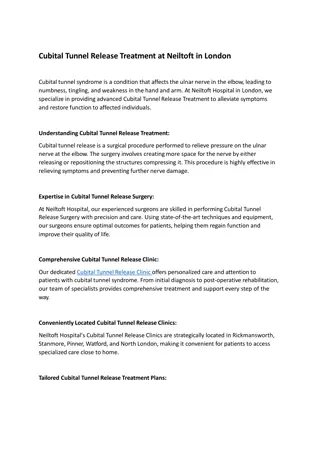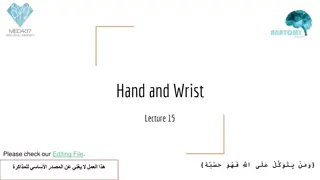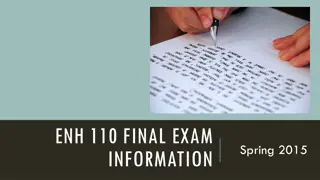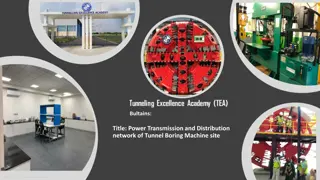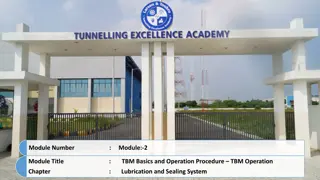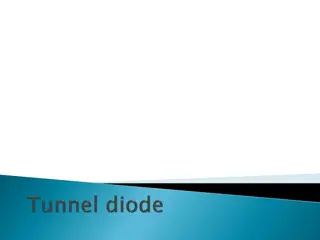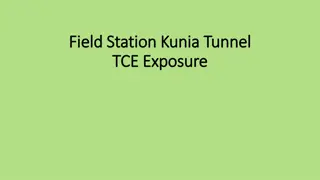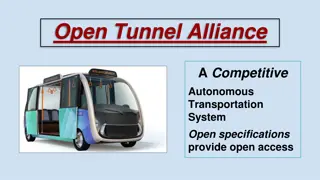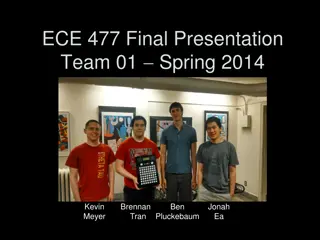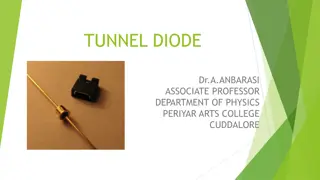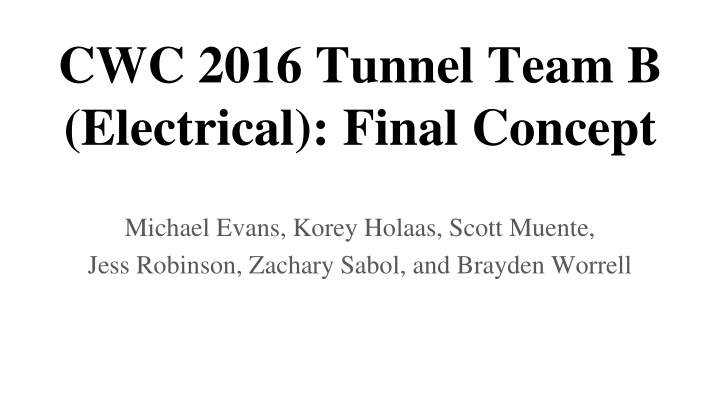
Small-Scale Turbine Design for CWC 2016 Competition
Explore the innovative design concepts and engineering requirements of a small-scale turbine created for the CWC 2016 competition by Team B. The project, sponsored by the US Department of Energy and the National Renewable Energy Laboratory, focuses on power electronics, controls, software, and more. Learn about the active rectification with MOSFETs, buck-boost converter, and the intricate brake system integrated into the turbine design.
Download Presentation

Please find below an Image/Link to download the presentation.
The content on the website is provided AS IS for your information and personal use only. It may not be sold, licensed, or shared on other websites without obtaining consent from the author. If you encounter any issues during the download, it is possible that the publisher has removed the file from their server.
You are allowed to download the files provided on this website for personal or commercial use, subject to the condition that they are used lawfully. All files are the property of their respective owners.
The content on the website is provided AS IS for your information and personal use only. It may not be sold, licensed, or shared on other websites without obtaining consent from the author.
E N D
Presentation Transcript
CWC 2016 Tunnel Team B (Electrical): Final Concept Michael Evans, Korey Holaas, Scott Muente, Jess Robinson, Zachary Sabol, and Brayden Worrell
Project Description Design, iterate, and build a small-scale turbine to perform in the CWC 2016 competition that reflects the business plan drafted by the Deployment and Business portions of the team. Sponsored by: The US Department of Energy (DoE) and the National Renewable Energy Laboratory (NREL). Advised by: David Willy, Karin Wadsack. Slide number - names
Design Requirements Engineering Requirements: Produce Continuous Power (1) Withstand High Wind Speeds (2) Design an Innovative Load (3) Fit the Design within the Testing Space (4) Quickly Assemble and Disassemble (5) Shut Down on Push Button Activation or Loss of Power (6) Design Links: Controls: State Diagram and Braking (ER s 2, 5, & 6) Load: Diversion Load (ER s 1, 2, 3, & 5) Power Electronics: Rectification (ER 1, 2, & 4) and DC/DC Conversion (ER 1, 2, & 4) Software: State Diagram and Algorithms (ER 1, 2, & 6) Slide number - Brayden Worrell
Design Description - Power Electronics Active Rectification with MOSFETs Uses transistors to switch between different parts of a circuit, converting AC power to DC power. Causes a miniscule loss (under half a volt) while drawing little power. Chosen the STP 75nf75 MOSFET [B1]. Slide number - Brayden Worrell
Design Description - Power Electronics Buck-boost Converter Utilizes MOSFETs as switches to control flow of current through the power stage. Duty cycle regulated by closed-loop voltage- mode controller. Synchronous vs. Asynchronous Continuous Conduction Mode (CCM) Power Quality Slide number - Korey Holaas
Design Description - Controls and Software State diagram Threshold Rated power Pushbutton Load disconnected Brakes Slide number - Michael Evans
Design Description - Controls and Software Brake System Dual electrical brake: Split-up braking conditions with NMOS and PMOS transistors Inspired by 2014 Penn State design [J1] Still could add more redundancy to design increase reliability Slide number - Jess Robinson
Design Description - Load Diversion Load A diversion load allows us to charge a battery bank without having to worry about over charging it When the battery is fully charged the controller (Arduino micro controller) uses a control switch to switch power to the resistive, diversion load. The battery will be a 12V, .8Ah lead acid battery Display Chosen An arduino with a bluetooth to send information from the turbine to a computer Bean use 3.3 to 5 V Slide number - Scott Muente, Zachary Sabol Bean to iPhone 250 meters or 820 feet
Prototype During the presentation, smoothly transition to showcasing the prototype you have built and how it impacted your design. Proof-of-Concept Prototype: Arduino Uno (control system) MOSFETs and LEDs Power Supply (turbine) A slightly larger but to scale prototype of the load. Gives us an idea of the dimensions of the load Slide number - Scott Muente, Jess Robinson, Zachary Sabol, Brayden Worrell The load will be hooked up but not mounted or
Budget Describe the project s budget including total dollars available, anticipated expenses, actual expenses to date, and the resulting balance. What is the DOE budget again? Electrical brakes: PMOS and NMOS transistors (activate brakes) Wires, connectors, and electrical tape Total: $81.60 [J2], [J3] Future expected costs, previous costs, and estimated dates for those costs (buy on/by this date). Load: P75NF75 MOSFETs Total: $9.10 Budget statuses for other turbine components? Slide number - name
Schedule Provide a schedule for the next term showing when key tasks will be completed. Indicate if you are currently on, ahead, or behind schedule. Include major and minor deliverables, but leave out weekly meetings (times still unsure). Slide number - Zachary Sabol
Schedule part 2 continued Slide number - Zachary Sabol
Work Cited [B1] - STMicroelectronics. (2007). N-channel 75V - 0.0095 - 80A - TO-220 - TO-220FP - D2PAK STripFET II Power MOSFET [PDF]. Available FTP: http://www.st.com Directory: web/en/resource/technical/document/datasheet/CD00002771.pdf [J1] - K. Palamara, et al., A review of the conceptual design process and the analysis of the remote wind PSU turbine, Penn State Univ., State College, PA, 2014. [J2] - J. Robinson, Amazon Purchase Order, PO-CWC16-Tb-Amazon-002, Nov. 20, 2015. [J3] - J. Robinson, DigiKey Purchase Order, PO-CWC16-Tb_DigiKey-001, Nov. 20, 2015. [2] Slide number [3]

